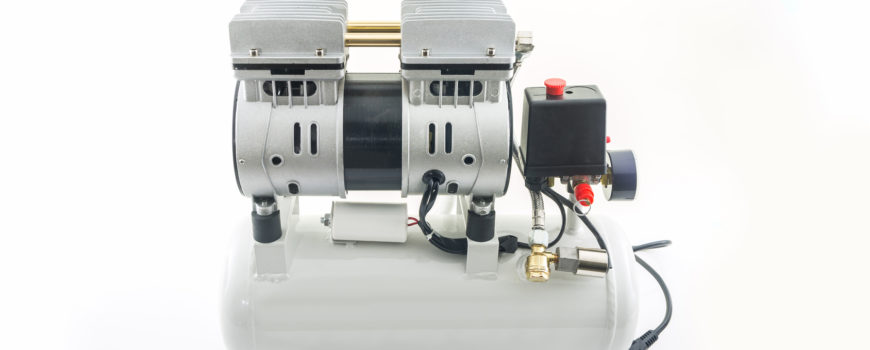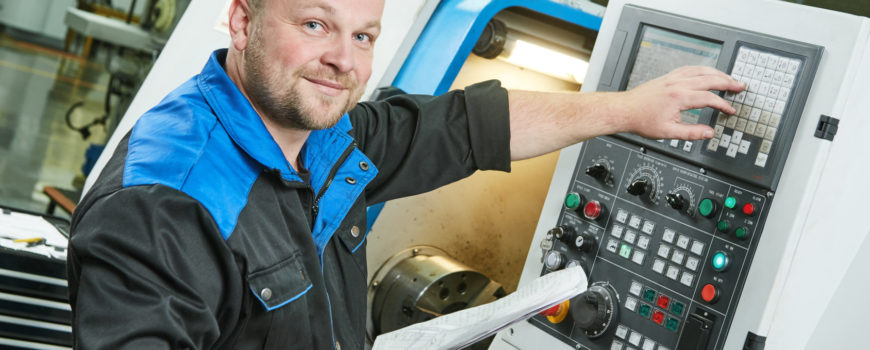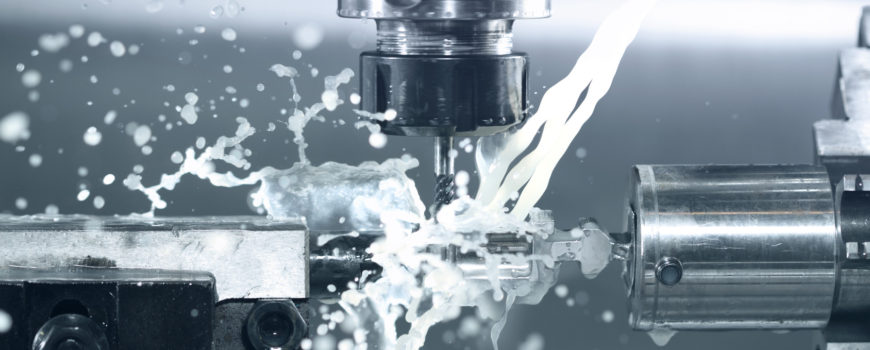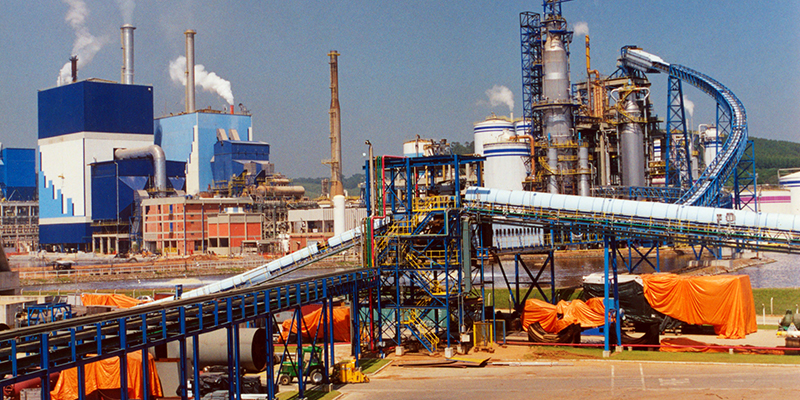Picking a decent air compressor depends on the project you’re working on, and if the unit should be convenient. On the off chance that a compressor unit can deal with the scheduled task, you’ll be inclined to work with that specific model instead of a massive, and difficult to deal with the model.
Most of the compressors on our list of preferred models are sufficiently small-sized and easily stored under a workbench, yet efficient for some tasks. Below are some of the best US manufacturing companies that have produced reliable compressors over the years.
Dewalt Heavy Duty PSI
The popular Dewalt brand has continuously manufactured in the US reasonably priced air compressors. The heavy-duty PSI is an oil-free model with a 12amps motor and has a flexible startup to reduce overworking the breaker. The 36-pound air compressor is portable and quite slim at only 12.5inches; therefore, it fits in any tight compartment.
The standard manufacturing design in the US brand compressor comes in black and yellow colors. It is slightly underpowered and cannot run consistently with the reduced power. Users may only use it for smaller jobs to avoid damage and more complications other than aging. It’s suitable for short to mid-sized jobs.
Porter Cable PC Pancake Compressor
The Porter air compressor is one of the least expensive air compressors on the list, and the lightest, weighing at only 26 pounds. Due to its compact size, it’s easy to use and store. With just 135 PSI, the Portable Cable PC compressor requires low maintenance since it runs on a 12v motor and puts out an impressive power. It is an oil-free pump with a longer life and minimum problems, even in cold weather.
However, this air compressor produces the loudest noise on the list, with an output of 82Dba. It is a reliable compressor for anyone in search of a stable US manufactured equipment made by top engineers from some of the best mechanical engineering schools. It offers long lasting service, if well taken care of.
Senco Horsepower Peak
Senco CNC manufacturing produces low priced portable compressors. This 20-pound Senco compressor handles small jobs and, it’s incredibly silent at 73 dBA and one complete horsepower. It runs ½ power at its peak to complete a task. The accessories include a ¼ quick disconnect coupler, individual tank gauges, and synchronized output pressure.
The manufacturers offer a one-year warranty of assurance. Long-term use degrades the covering around the handle, but it doesn’t deteriorate its overall usefulness. The manufacturing skill on this unit is flawless and performs best if handled correctly.
Makita Big Bore Compressor
This is a powerful, relatively low priced air compressor. It has an iron pump with big pistons and cylinder, a combination that provides peak performance when in motion over extended periods. The large Makita compressor with a 1,720-RPM pump is quiet and performs well even at lower RPM.
It comes with a one-year warranty, and, manufactured with a solid cooler running pump that lasts for several years. The 2.6-gallon tank weighed 52 pounds and labeled at 130 PSI with a ¼-inch universal quick coupler, which is easy to use. It’s listed as compact, but the manufacturing specs make it mid-range at 52 pounds. You need about 20 seconds to refill, so it’s still powerful considering the size that it comes in, though it cannot handle specific tasks and it lasts a very long time.











